The will to survive could take AI to the next level
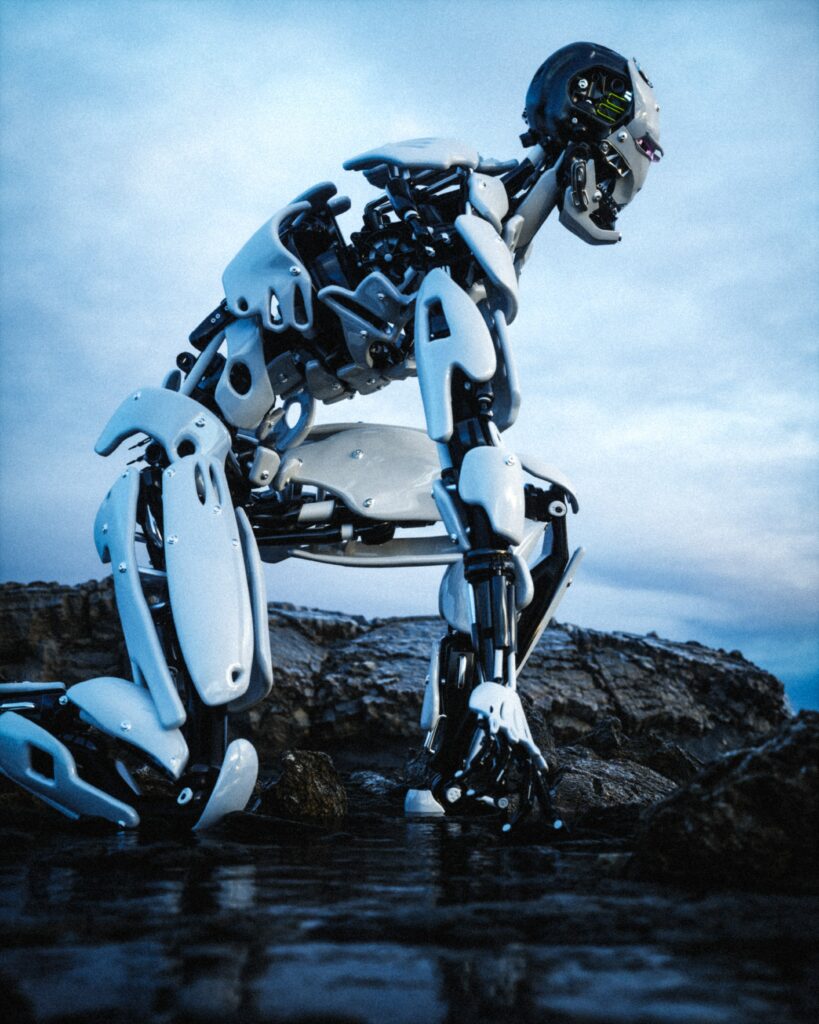
Fiction is full of robots with feelings, like that emotional kid David, played by Haley Joel Osment, in the movie O WALL•E, who obviously had feelings for EVE-uh, the robot in Lost in Space sounded pretty emotional every time he it warned Will Robinson of danger, not to mention all those crazy emotional robots in Westworld. But in real life robots have no more feelings than a rock dipped in novocaine, yet there might be a way to give robots feelings, according to neuroscientists. Simply build the robot with the ability to sense danger to its own existence, then it would have to develop feelings to guide the behaviors necessary to ensure its own survival.
Researchers then propose a strategy to provide machines (such as robots or human-like androids) with the artificial equivalent of sentience. In essence, this proposal calls for machines designed to observe the biological principle of homeostasis (a state of equilibrium between all body systems needed to survive and function properly). That’s the idea that life must regulate itself to stay within a narrow range of suitable conditions, such as keeping temperature and chemical equilibrium within the limits of viability.
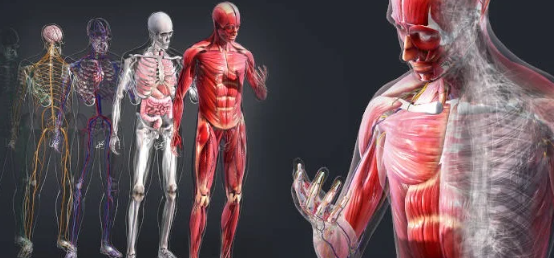
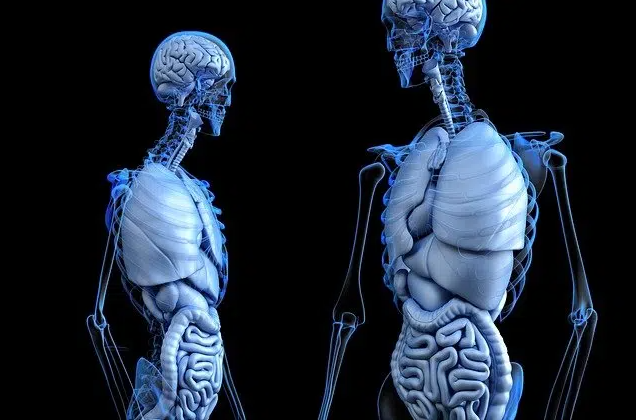
The awareness of an intelligent machine with similar characteristics of its internal state would be equivalent to the robotic version of feelings. Such sentiments would not only motivate self-preservation behavior, but also inspire artificial intelligence to more closely simulate the real thing. Typical intelligent machines are designed to perform a specific task, such as diagnosing disease, driving a car, playing Go, or winning Jeopardy!, but intelligence in a field is not the same as the more general human-like intelligence that can be implement to deal with all kinds of situations, even those never encountered before.
Feelings arise from the need to survive, when humans maintain a robot in a viable state (all wires connected, right amount of electric current, pleasant temperature), the robot has no need to worry about its own preservation, therefore, it has no need for feelings: it indicates that something needs repair. Feelings motivate living beings to seek optimal states for survival, helping behaviors to maintain the necessary homeostatic balance. An intelligent machine with a sense of its own vulnerability should similarly act in ways that minimize threats to its existence, however, to perceive such threats, a robot must be designed to understand its own internal state.


A robot capable of perceiving existential risks could learn to devise novel methods for its protection, instead of relying on pre-programmed solutions.
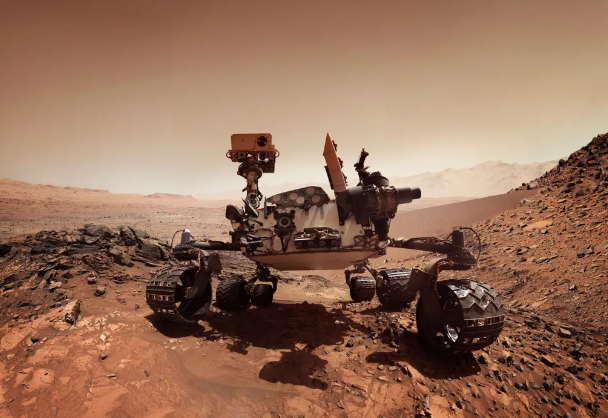
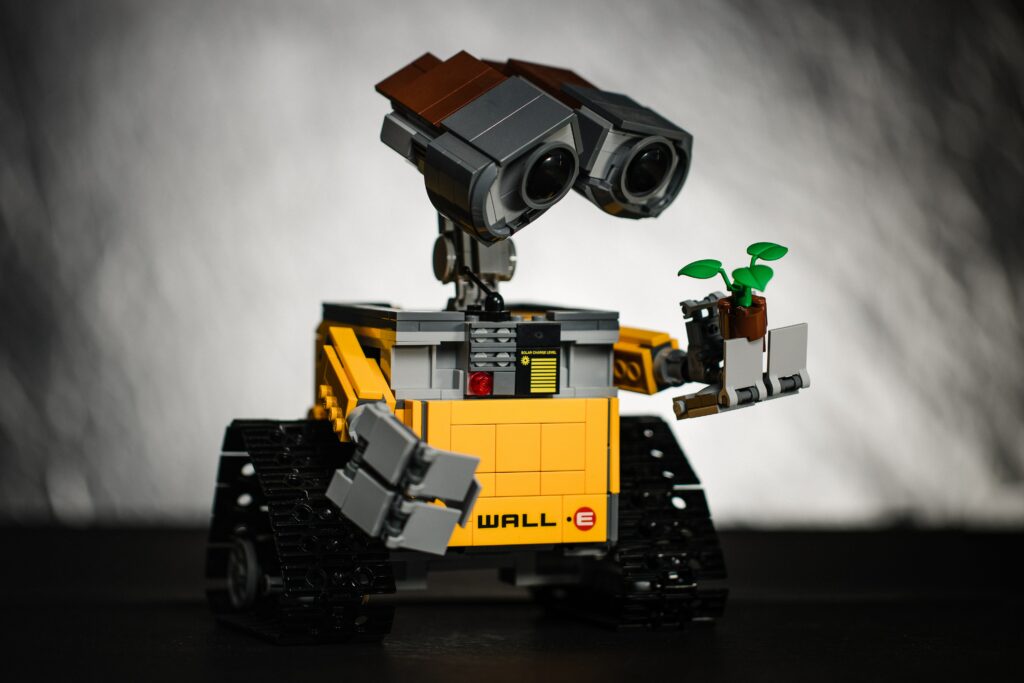

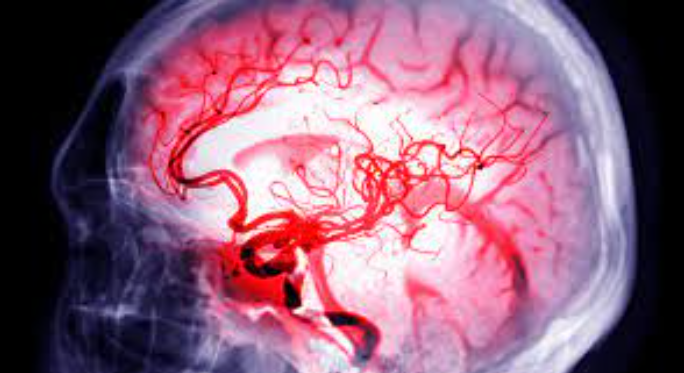
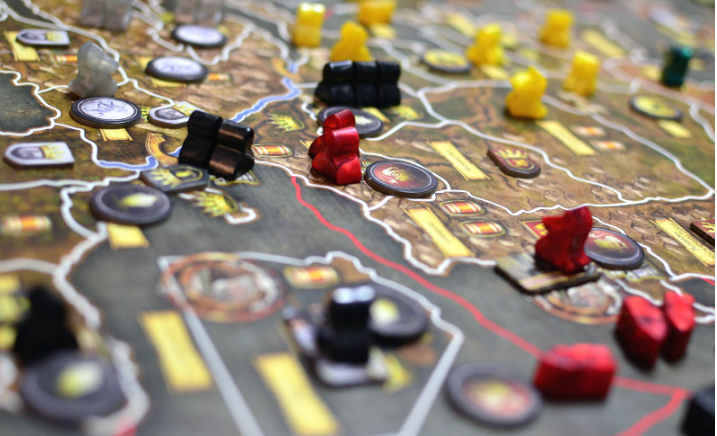
Responses